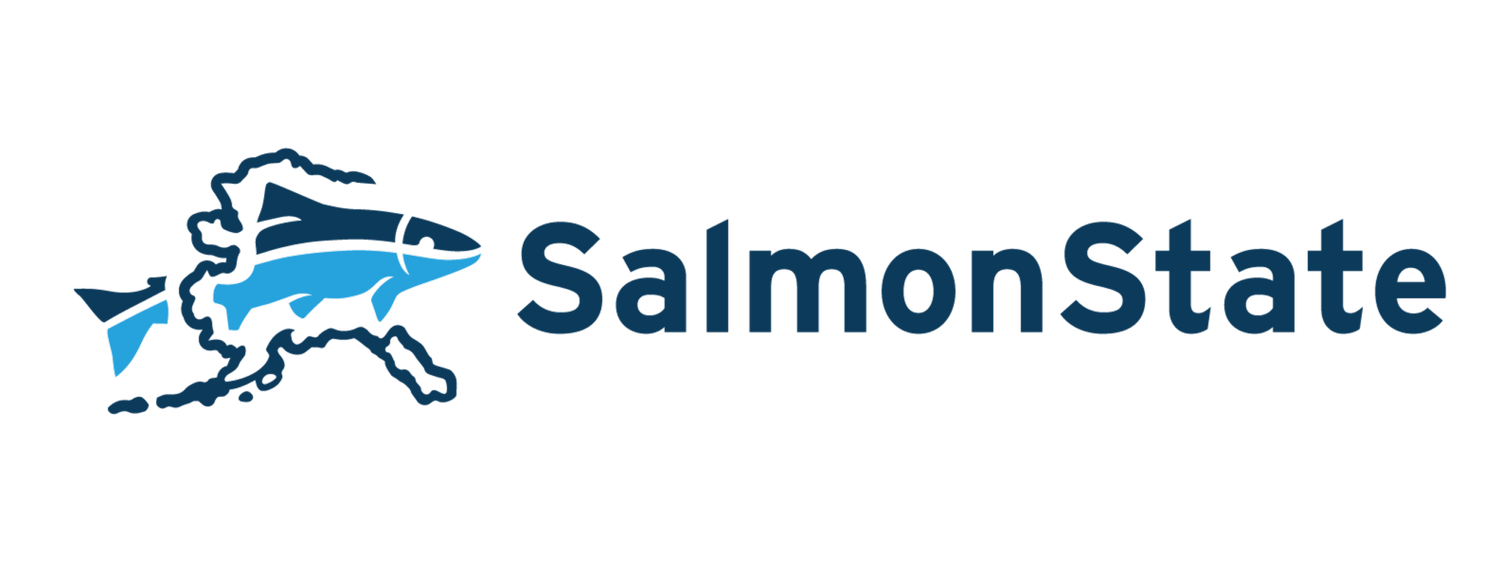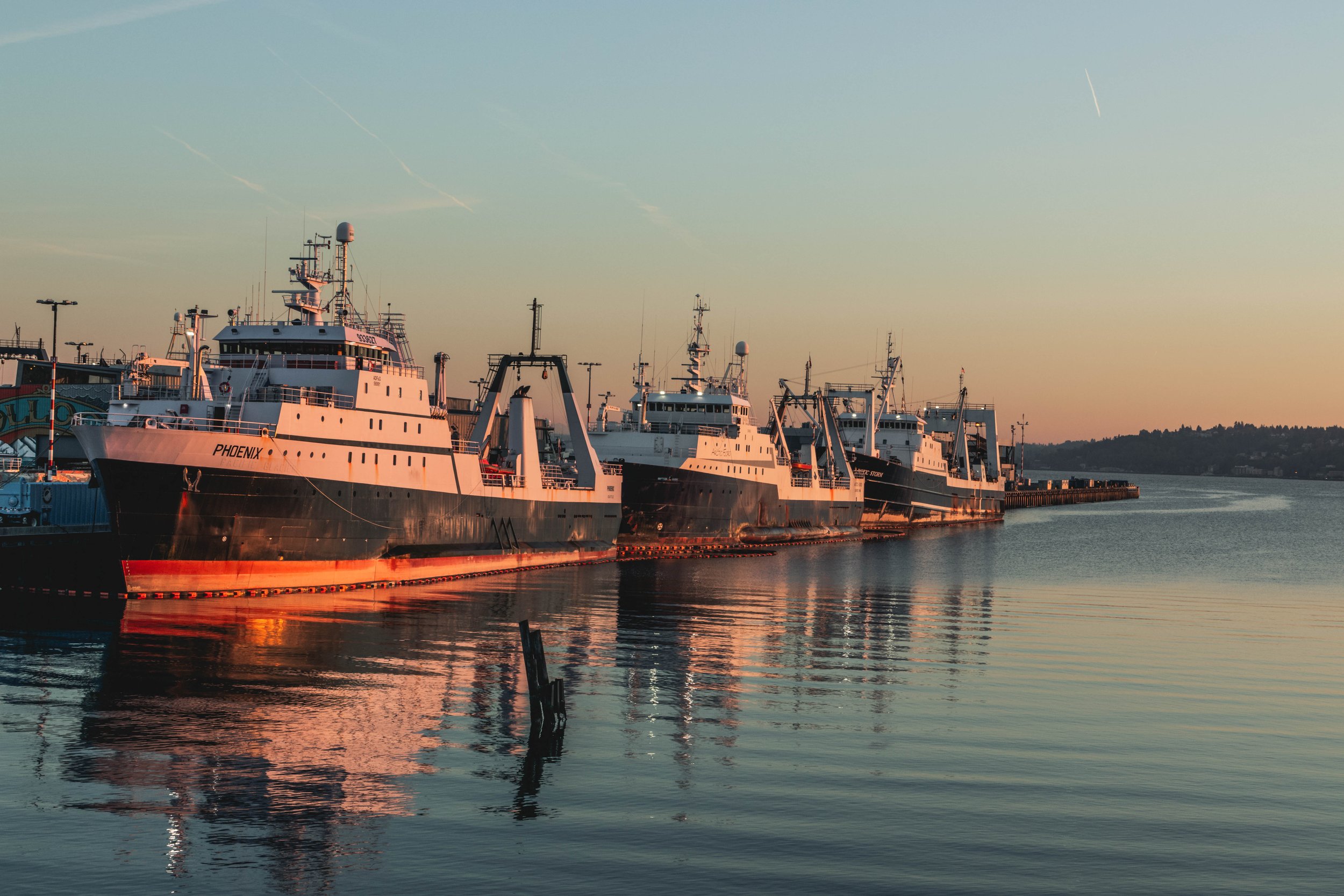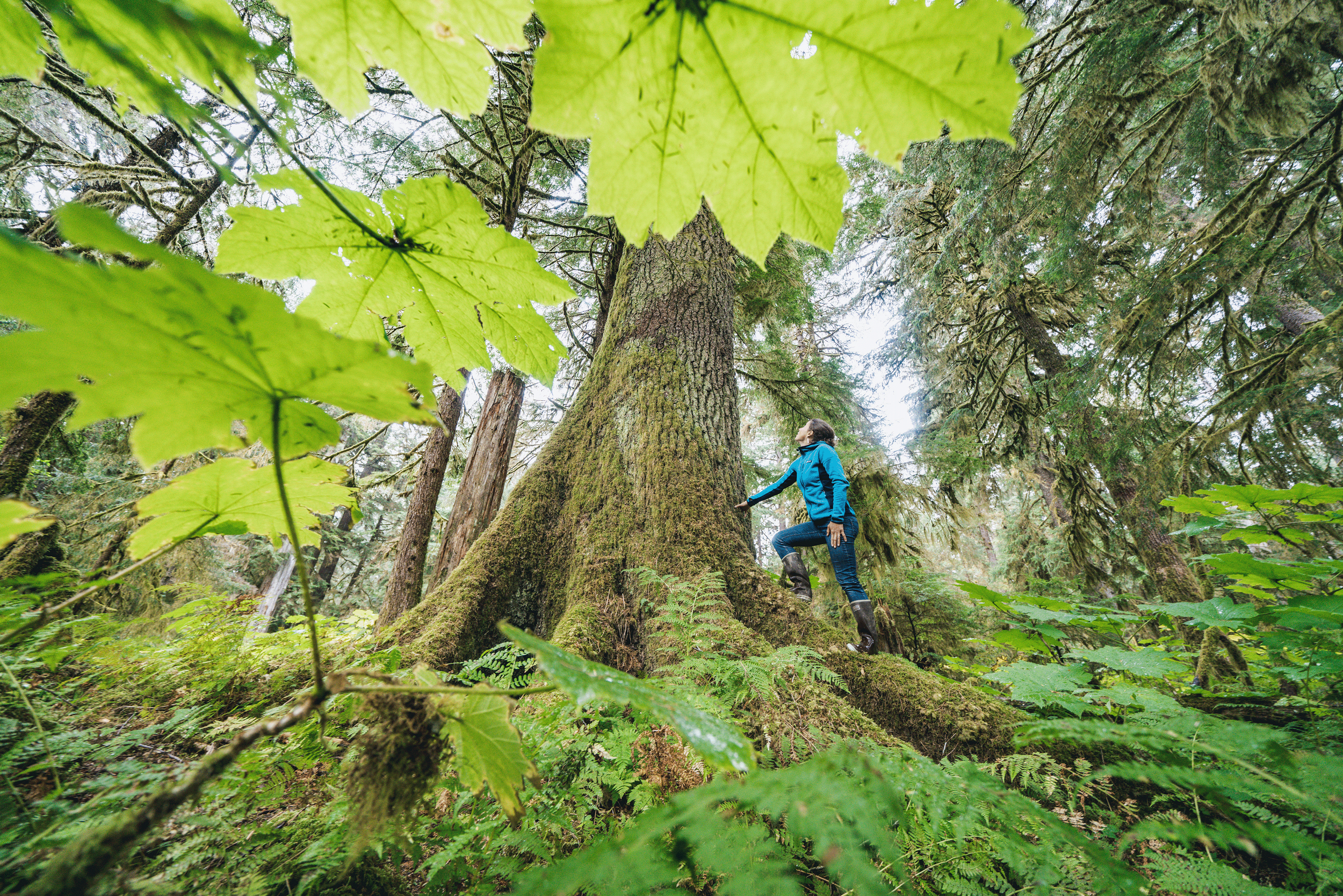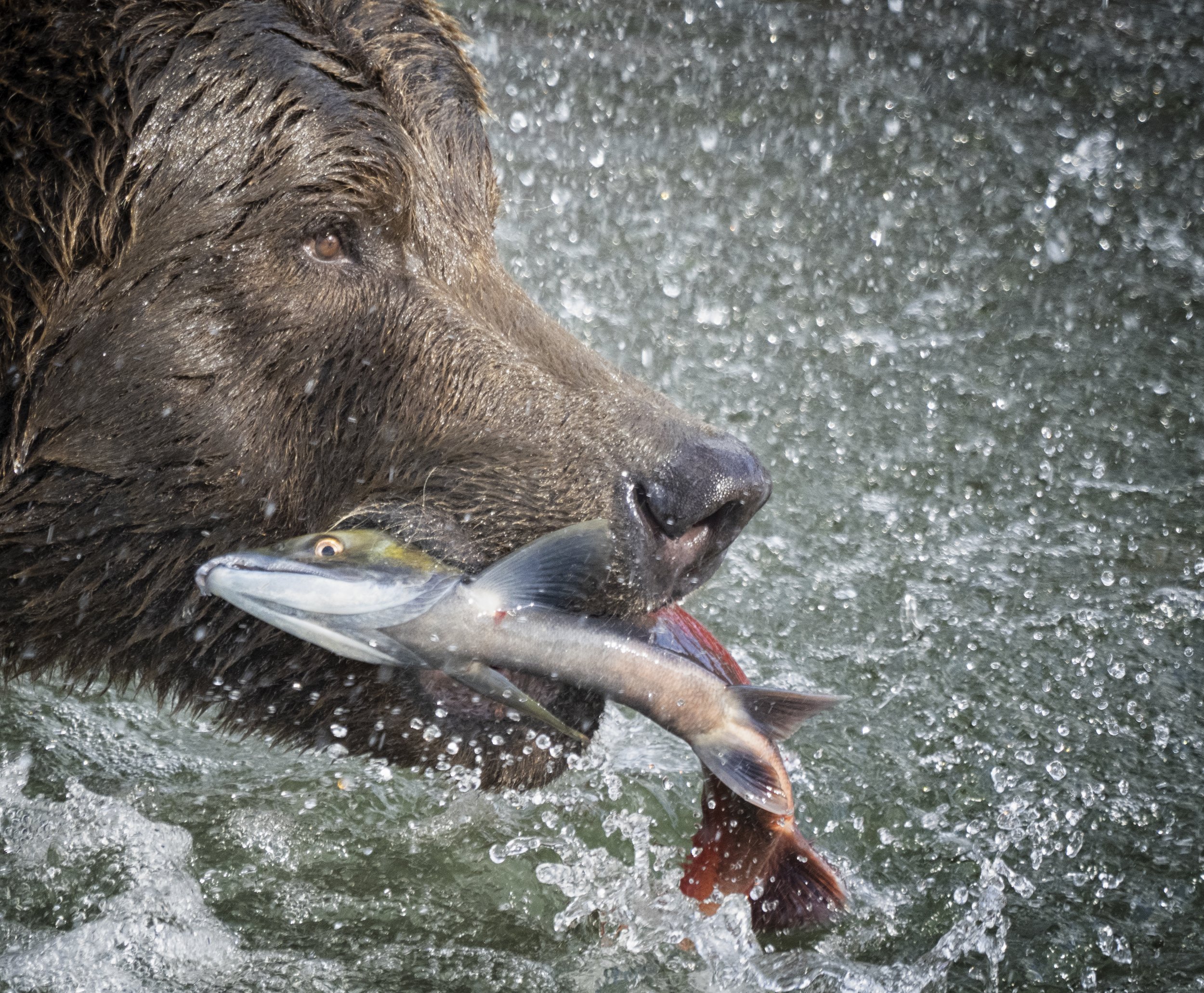
Campaigns
We support campaigns aimed at preserving Alaska’s wild salmon and wild salmon habitat. Please join us.
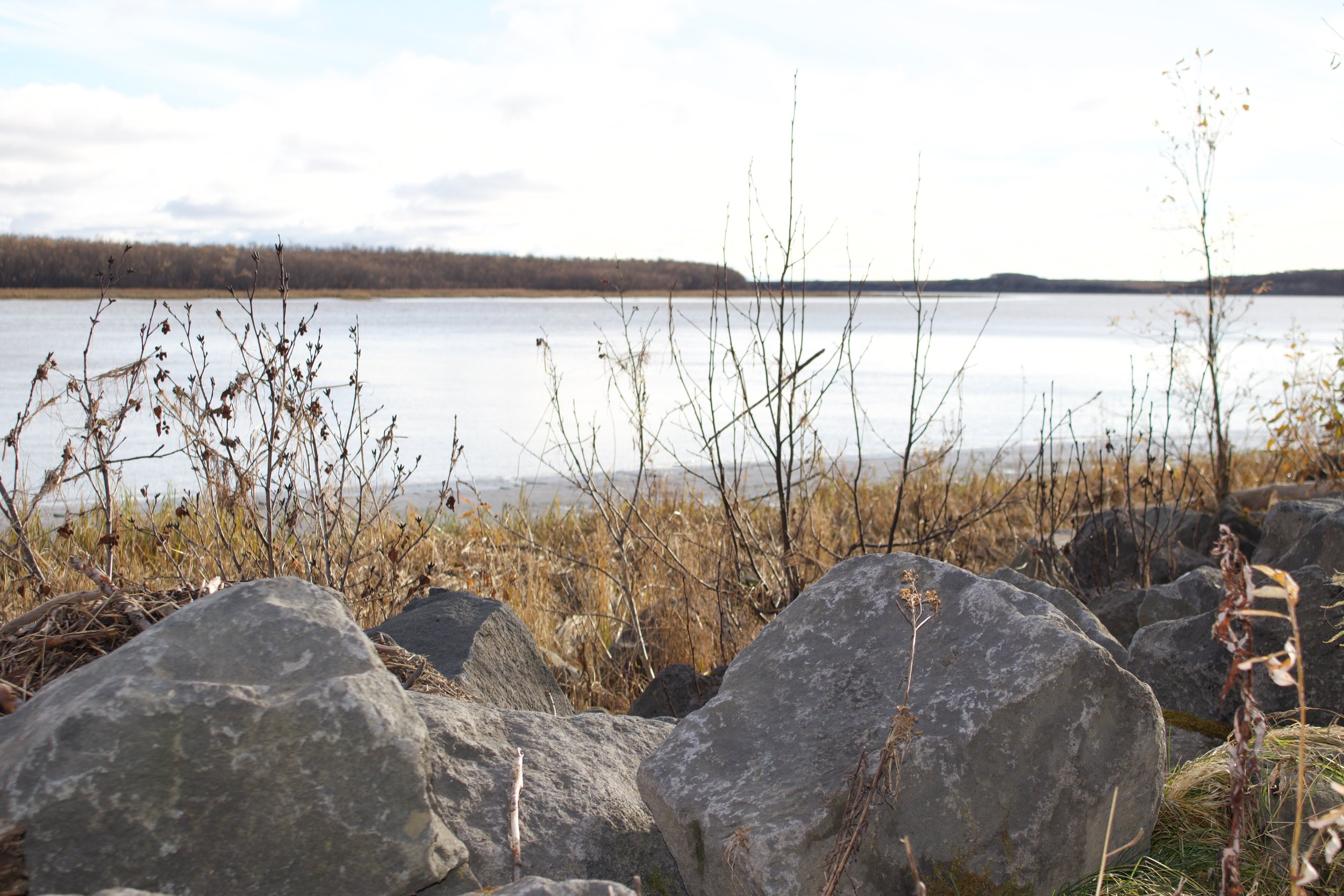
Stop Wasteful Bycatch
While traditional and small boat Alaska fisheries are shut down or severely limited, trawling — the largest, most wasteful fishery — continues with business as usual.
Pictured here: a salmon drying rack, once full of abundant salmon, in Anvik, along the Yukon River, in 2023. Photo by Jacki Cleveland
The Bering Sea and Gulf of Alaska ecosystems are reeling.
For the first time in history, the Bering Sea snow crab fishery was shut down for the 2022/23 season. And for the second straight season, the 2022/23 Bristol Bay red king crab fishery was closed as well. Yukon River Chinook salmon returned in low numbers in 2023, and the chum salmon return is uncertain - leading state managers to close subsistence fishing in the Lower Yukon.
Meanwhile, trawlers pursuing pollock for fish sticks and fake crab continue to indiscriminately catch massive amounts of a multitude of fish species including salmon, crab and halibut. This harvest of non-targeted species, called bycatch, cannot be sold to market, is oftentimes considered “ waste,” and is dumped overboard.
While nearly every other sector of the Bering Sea based fishery suffers, the largest, most wasteful one continues full steam ahead. This must change. Urge NOAA fisheries to update guidelines for National Standards 4, 8, and 9 to better address environmental changes and inequity in federal fisheries management. Add your voice at the link below.
Many of the species the trawl fleet catches and dumps overboard as waste are some of the most culturally and economically valuable fish in Alaska, including king salmon, chum salmon, halibut, snow crab, herring and Bristol Bay red king crab.
Pictured are trawl vessels docked in Seattle, Washington, where a large number are based.

Defend the West Su
Alaska’s mighty Susitna River supports all five species of Pacific salmon and is the 15th-largest river in the United States. But a state-funded road proposal threatens the region’s hunting, fishing, and recreation economy, and its intact habitat.
The Alaska Industrial Development and Export Authority (AIDEA) is planning a 100-mile industrial road that would cost at least $450 million of Alaskans’ money across the wild West Susitna valley to privately owned mining claims. AIDEA has filed a permit application with the U.S. Army Corps of Engineers, and the state Department of Transportation has prioritized the first 15 miles of the taxpayer-funded industrial road as a state project. The West Susitna Industrial Access Road would damage thousands of acres of wetlands and other critical fish and wildlife habitat across the Susitna watershed. The road would cross more than 150 streams and would negatively impact hunting, fishing, recreation, and the existing economy in the region. It also siphons money from necessary public services and infrastructure across Alaska.

Photo by Bjorn Olsen

Photo by Adam Cuthriell

Photo by Ashley Wise
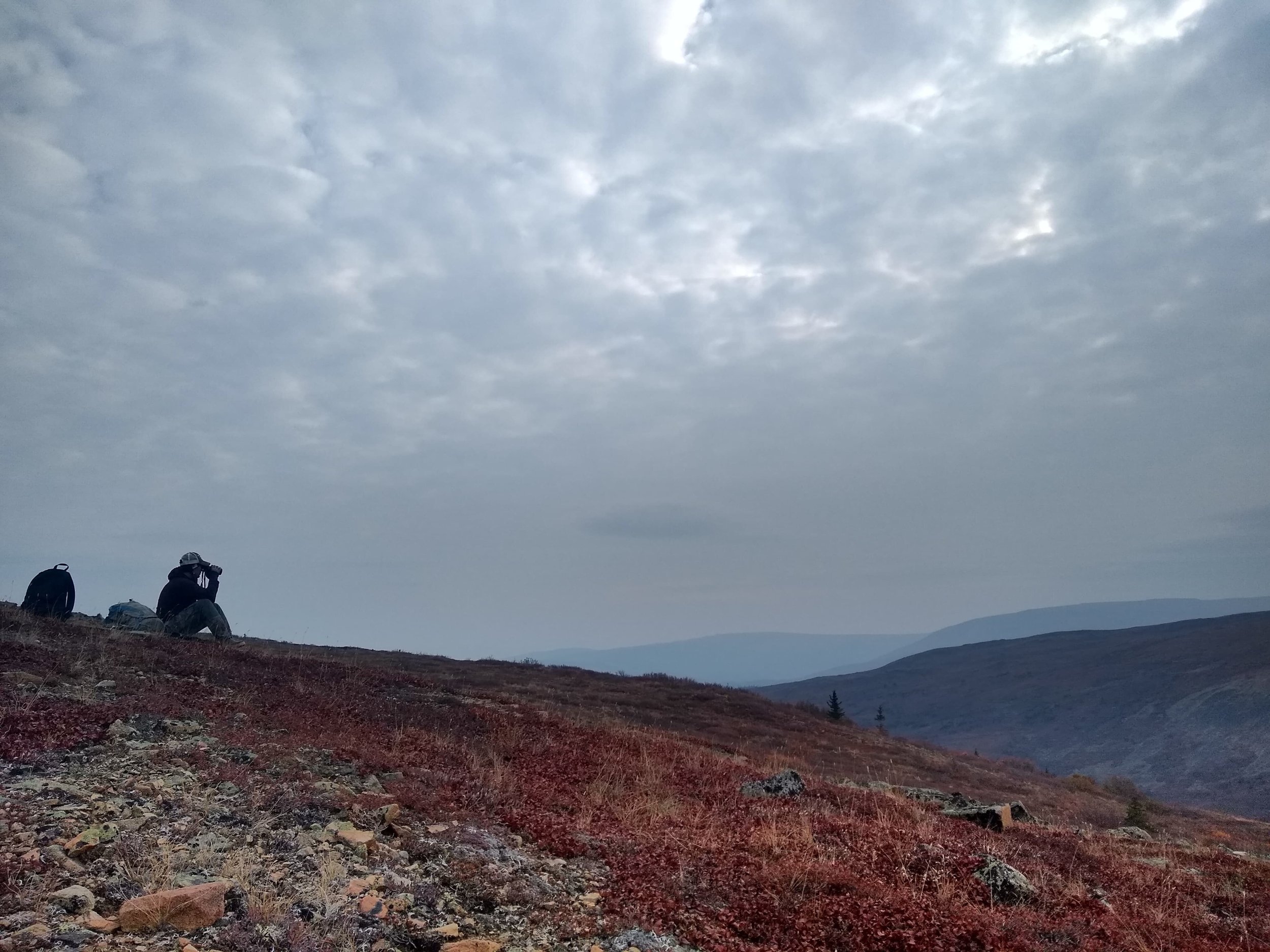
Photo by Megan Corazza
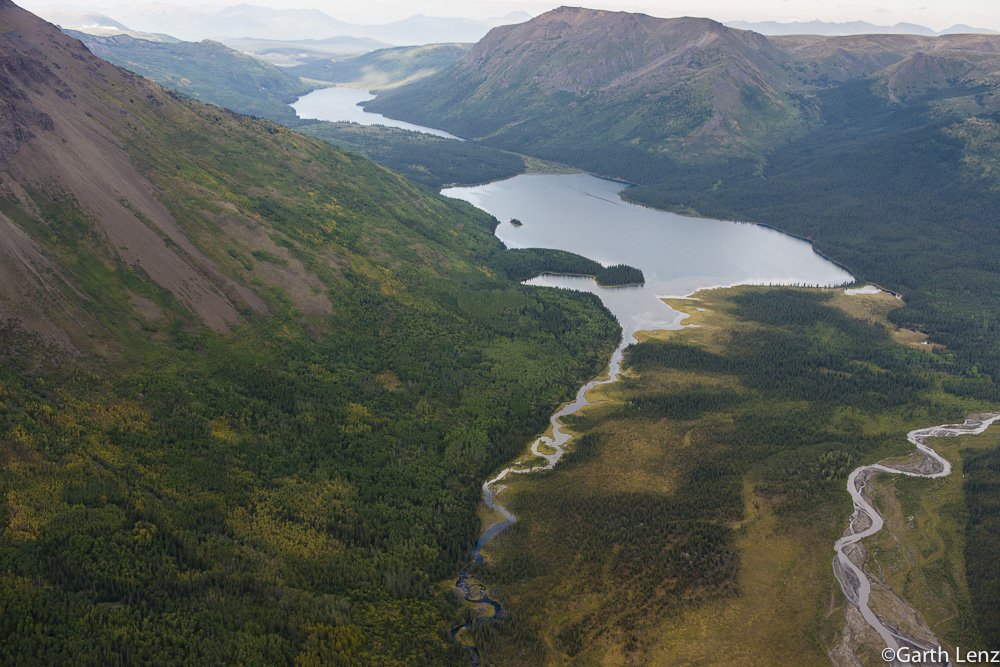
Salmon
Beyond Borders
Photo by Garth Lenz
Southeast Alaska and British Columbia’s transboundary Taku, Stikine, and Unuk rivers are special places. These watersheds’ 30,000 square miles not only produce 80 percent of the king salmon in Southeast Alaska, but are home to caribou, bears, and the largest salmon runs in the region.
Photo by Troy Moth
The Taku, Stikine and Unuk, which flow into the Inside Passage, are also key to Southeast Alaska’s fishing and visitor economies, and have been central to Indigenous cultures and ways of life since time immemorial.
But British Columbia, backed by the Canadian government, has pushed through poorly regulated, underfunded, industrial-scale, open-pit mines at the headwaters of these watersheds. Alaskans have had no meaningful input despite the fact that these are shared rivers and the mines threaten salmon and the lifestyles that depend on them. Where transboundary mining is concerned, Alaskans have everything to lose and nothing to gain.
-

Transboundary Mines: Problem #1
Mine waste dumps (a.k.a. tailings dams) fail. An investigative panel after a B.C. dam broke in 2014 and released 6.6 billion gallons of toxins into the Fraser River watershed found that two B.C. mine waste dumps will fail every ten years, on average. Alaska and B.C. residents suffer the damage from — and pay for the cleanup of — the B.C. mining industry’s mess.
Photo by: Troy Moth
-
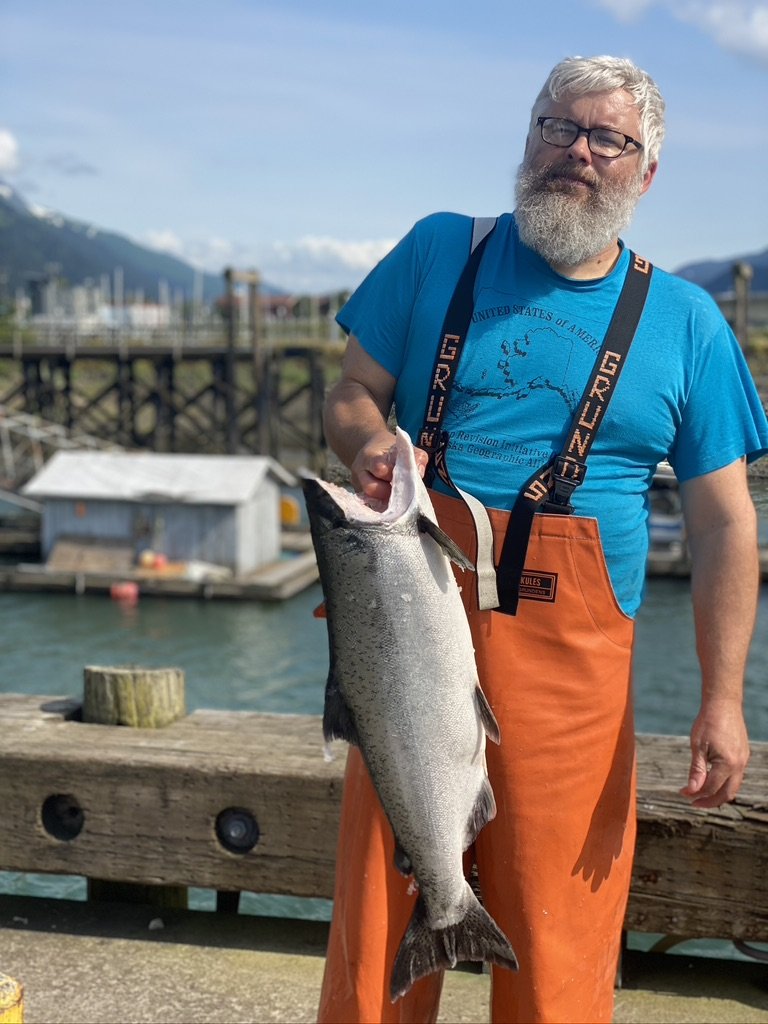
Transboundary Mines: Problem #2
B.C. inadequately regulates its mining industry. The province’s own auditor general declared in 2016 that the agencies tasked with monitoring mines in the province fail to adequately do so in “almost every way.”
-

Transboundary Mines: Problem #3
B.C. permitting fails communities in Alaska, as more than 25,000 U.S. residents, the Alaska Congressional delegation, 15 of Southeast Alaska’s 19 federally recognized tribes, and municipalities across the region agree.
Photo by: Travis Rummel
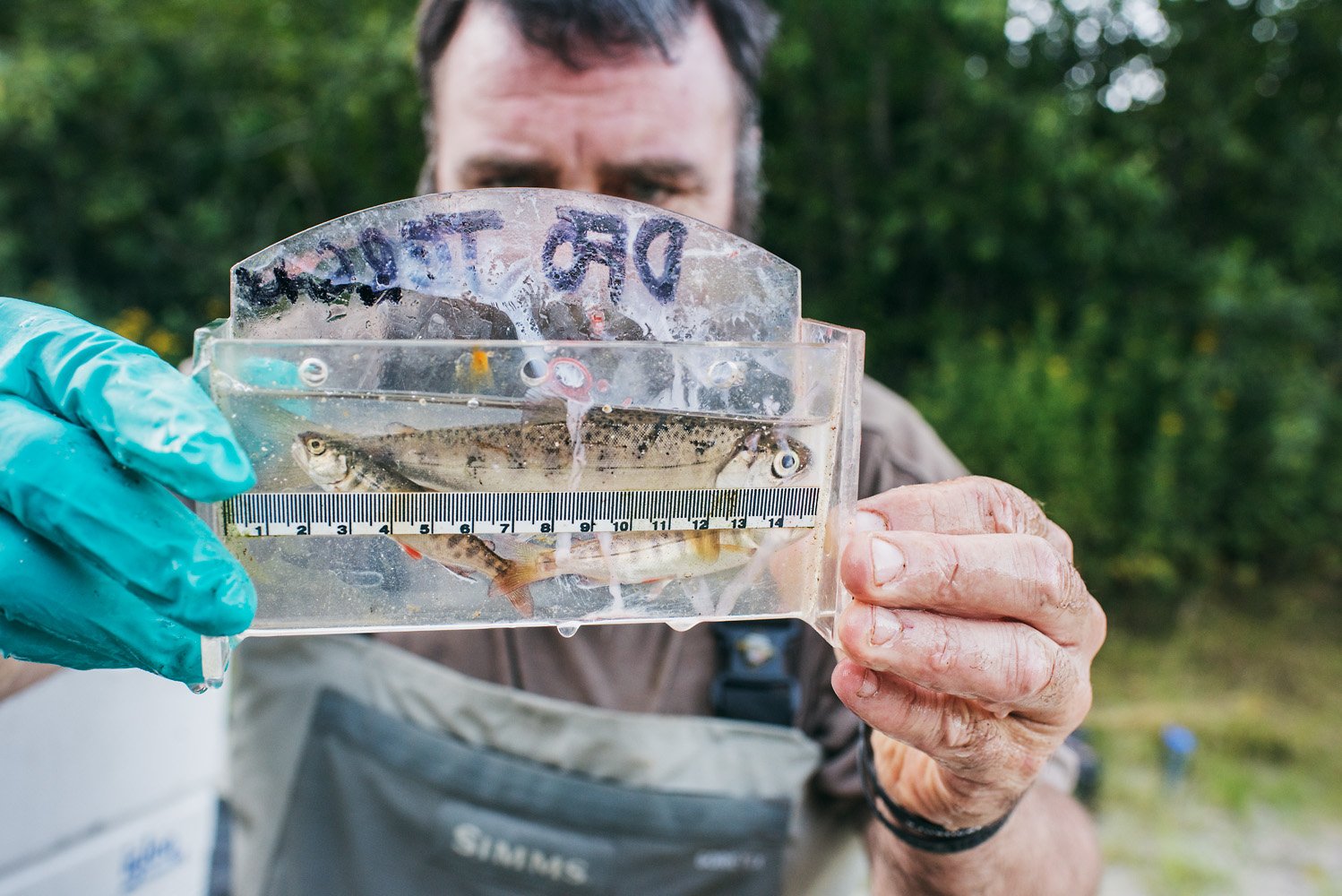
Photo by Troy Moth
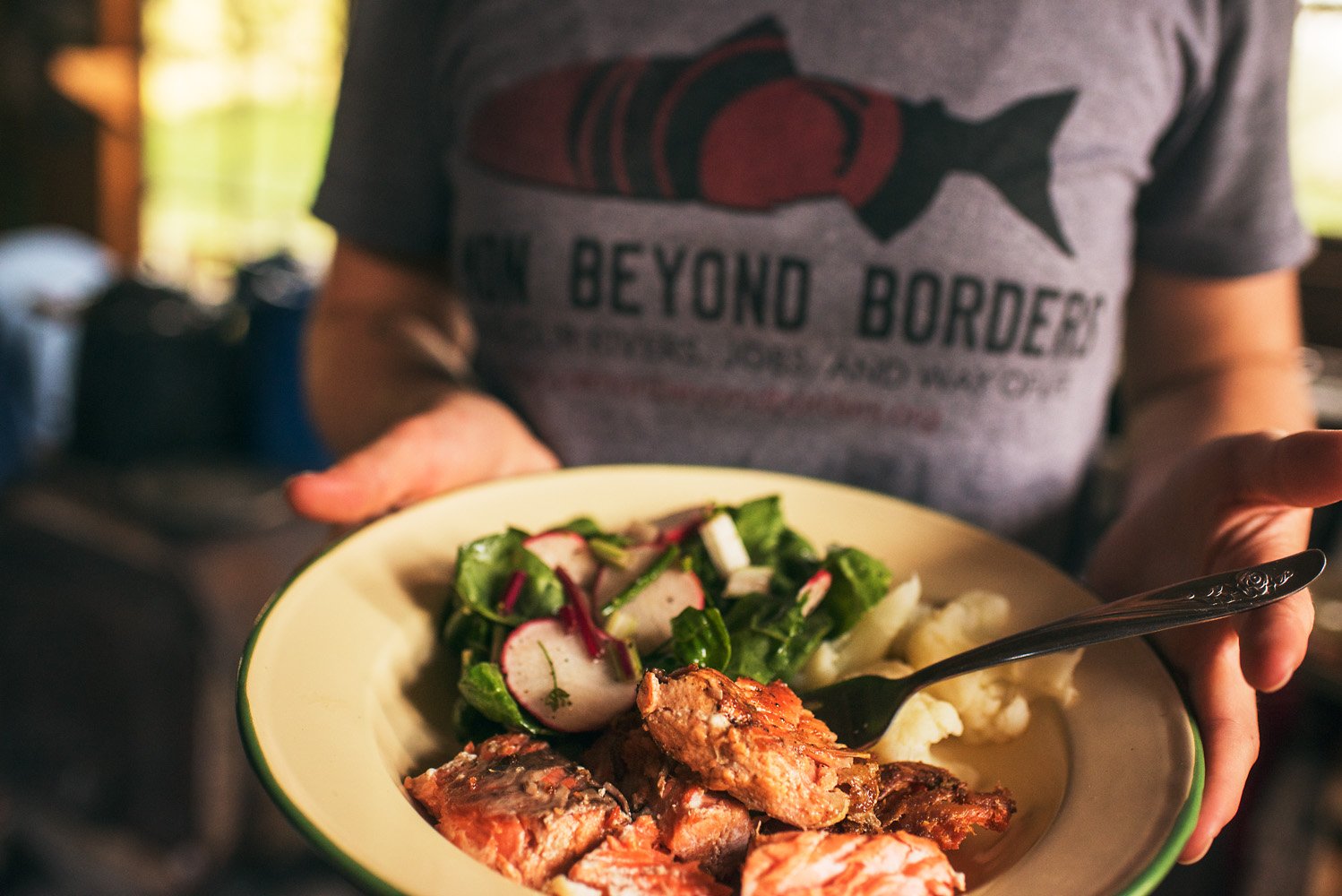
Photo by Troy Moth
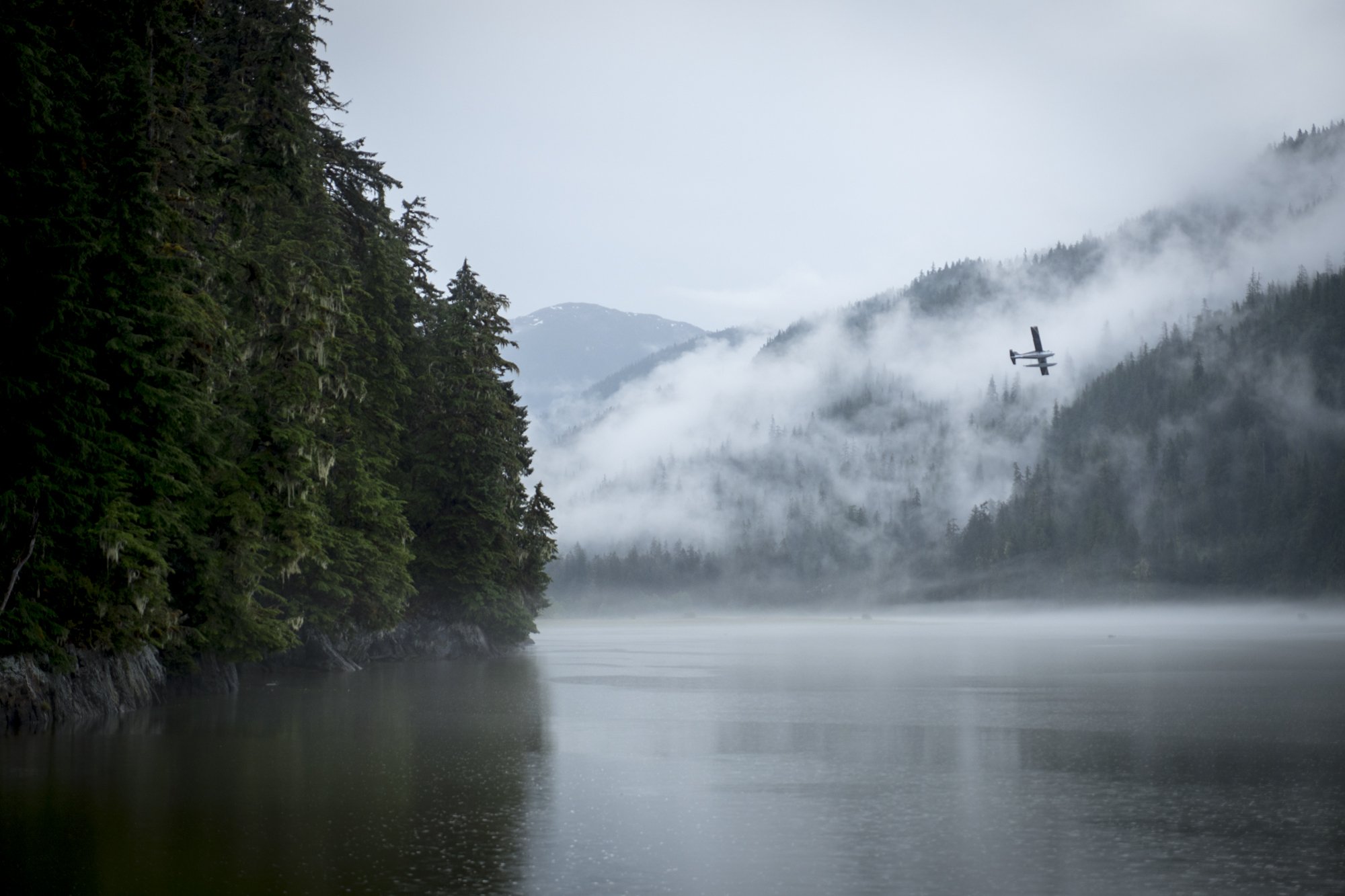
Photo by Travis Rummel
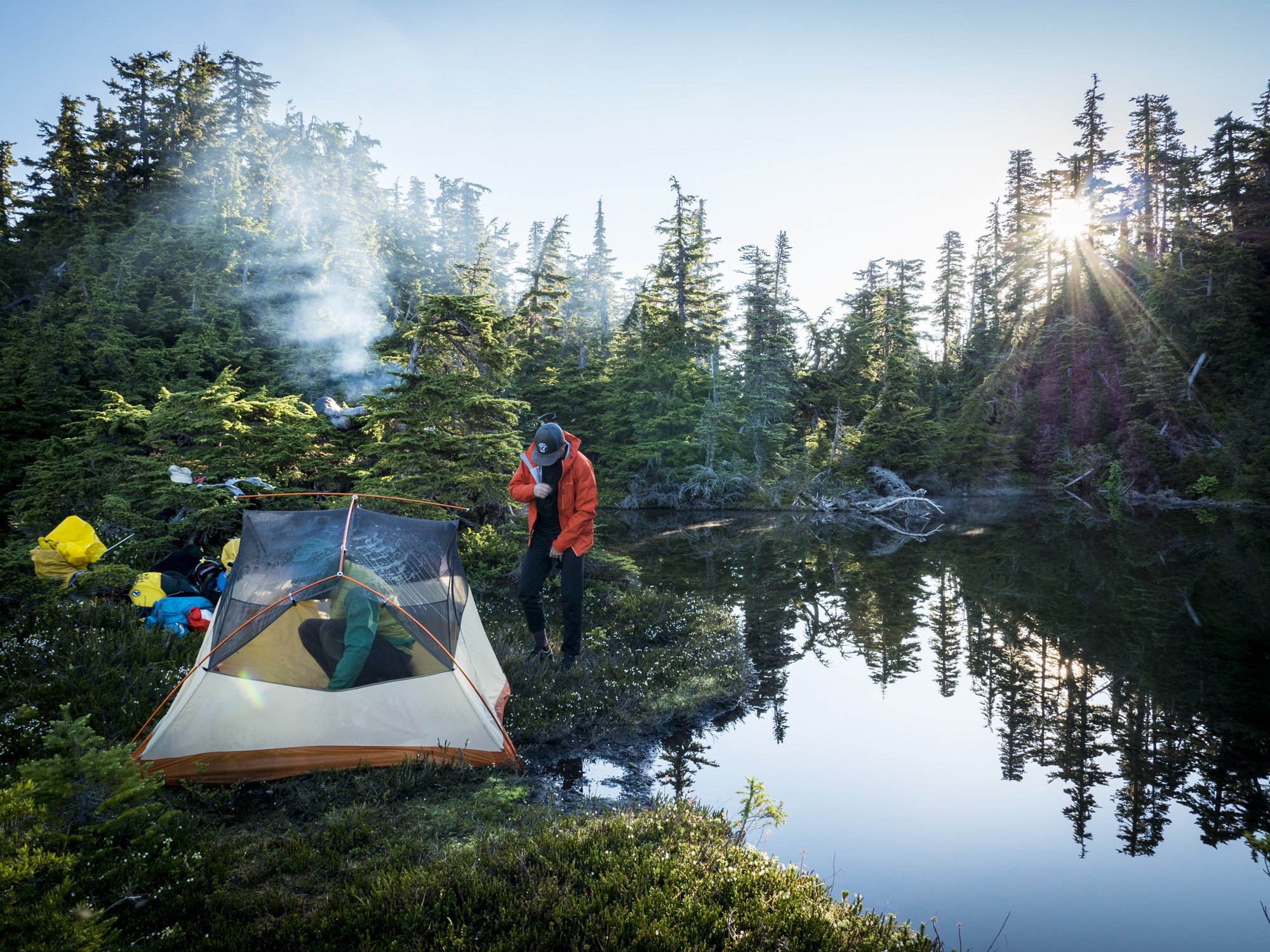
Photo by Travis Rummel
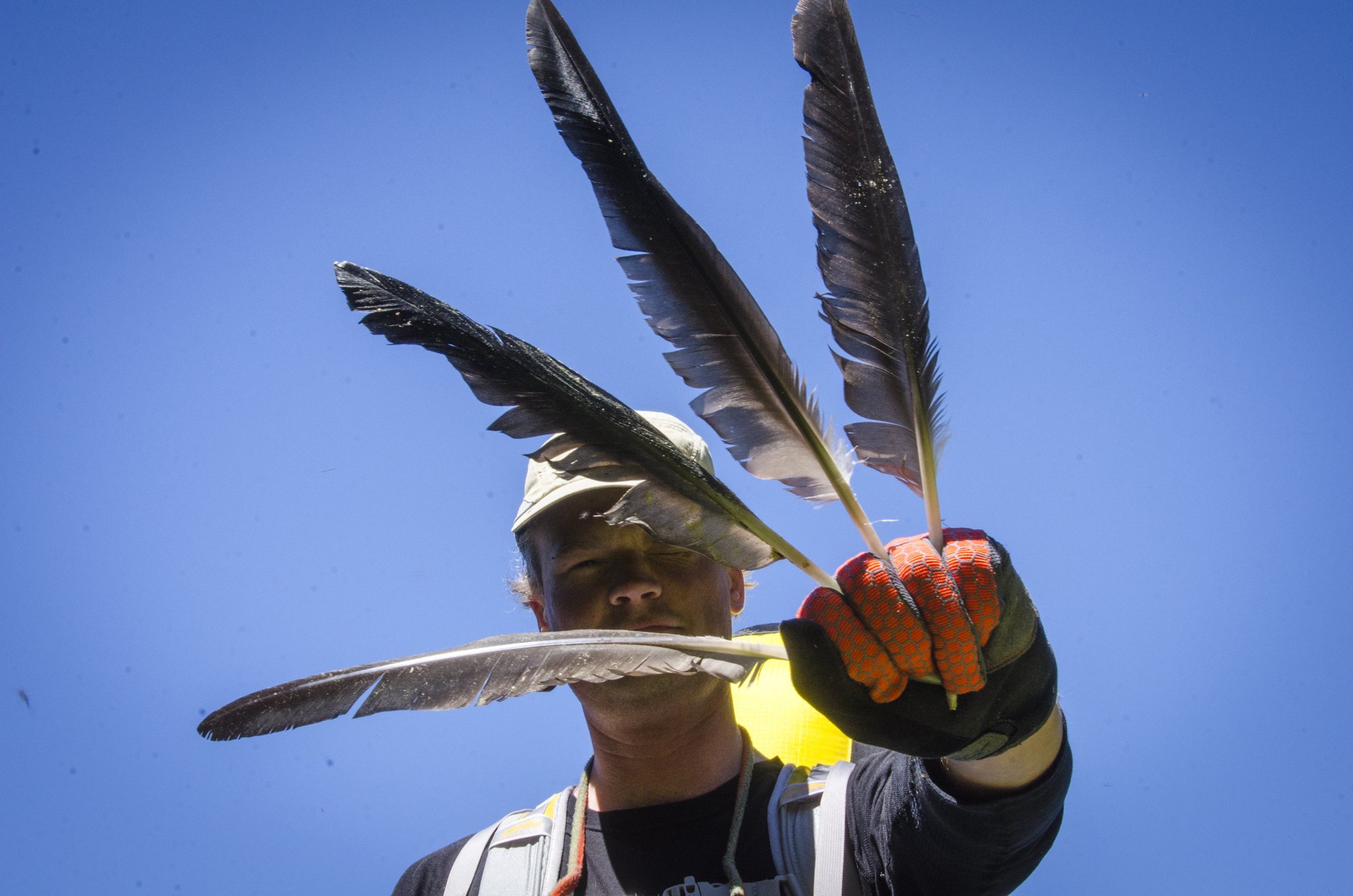
Photo by Travis Rummel
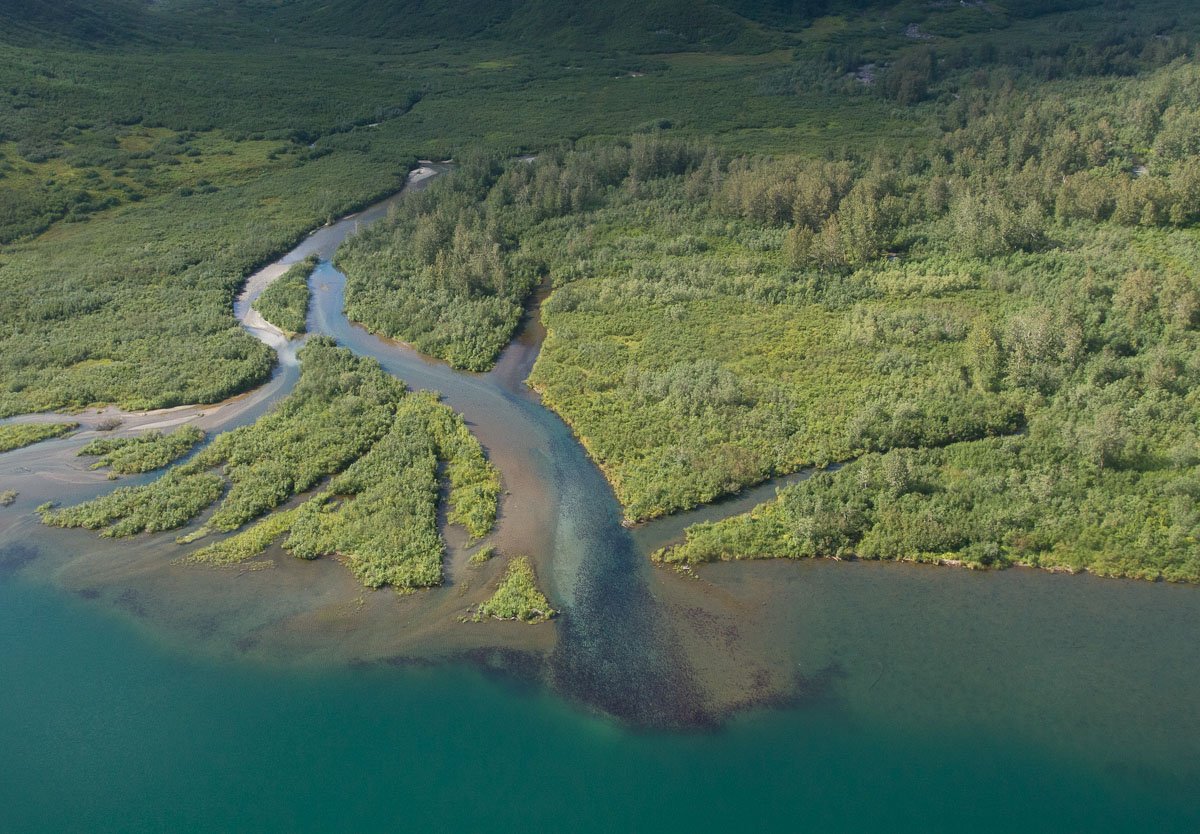
Defend Bristol Bay
Photo by Jonny Armstrong
Bristol Bay is home to the largest sockeye salmon run in the world, with more than 40 percent of the world’s wild sockeye coming from the bay. It’s also home to all five species of Alaskan salmon and 24 other species of fish, not to mention almost 200 kinds of birds, bears, and dozens of other mammals.
Bristol Bay revolves around wild salmon, which sustain the region’s traditional lifestyles, power one of Alaska’s largest and most productive fisheries, and are the backbone of an ecosystem that draws people from around the world. The reason for that is the bay’s habitat, which is undeveloped and wild.
We need legislative action that will permanently protect the entirety of the Bristol Bay watershed from large scale mining. The recent Clean Water Act veto by EPA put the brakes on Pebble Mine. However, without durable legislative safeguards for all of its irreplaceable lands and waters, much of Bristol Bay remains vulnerable to large-scale mining development in the future.
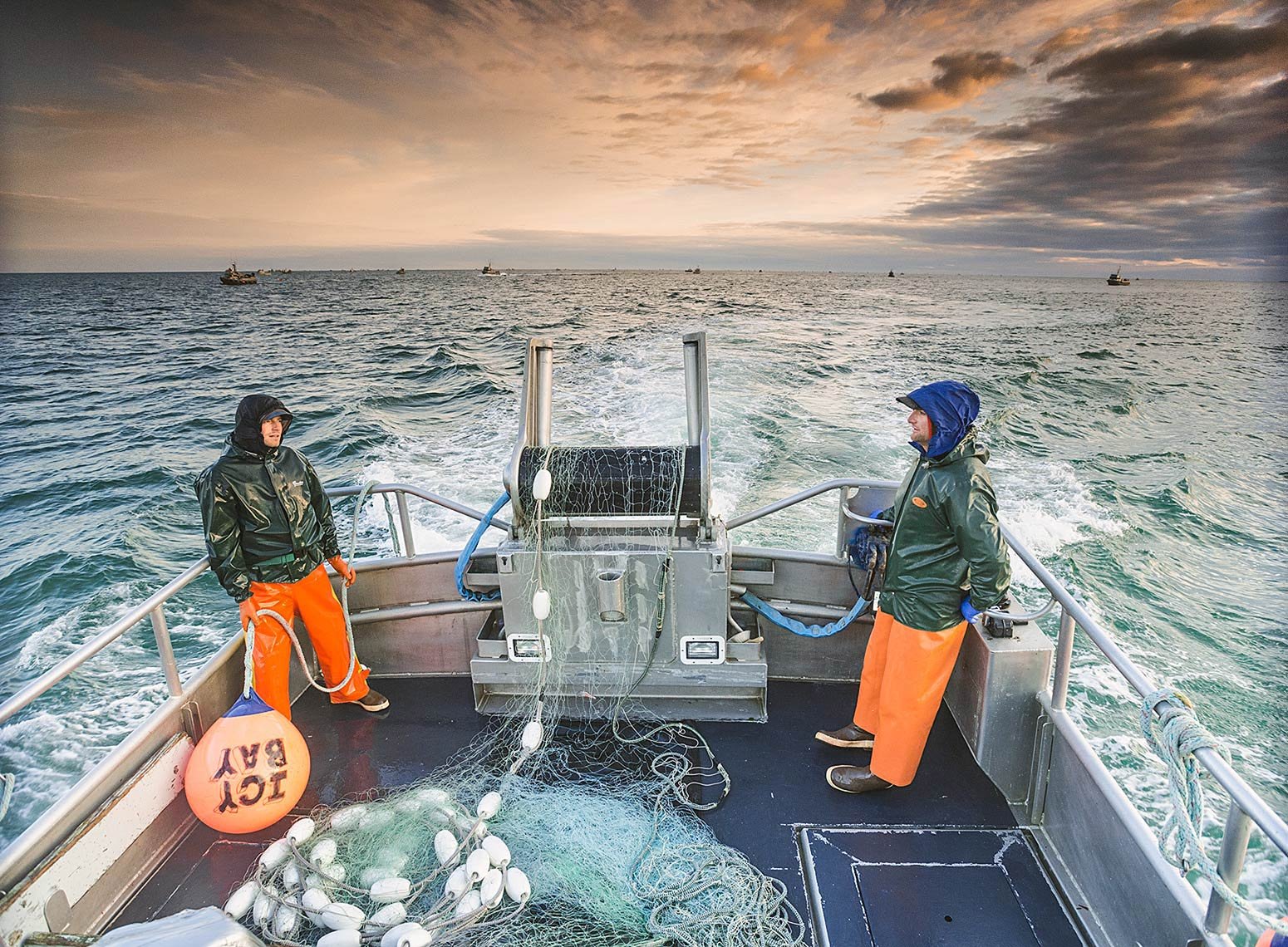
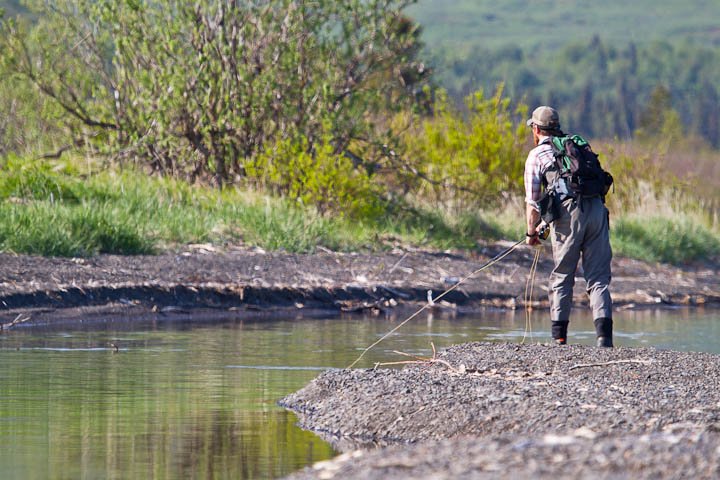
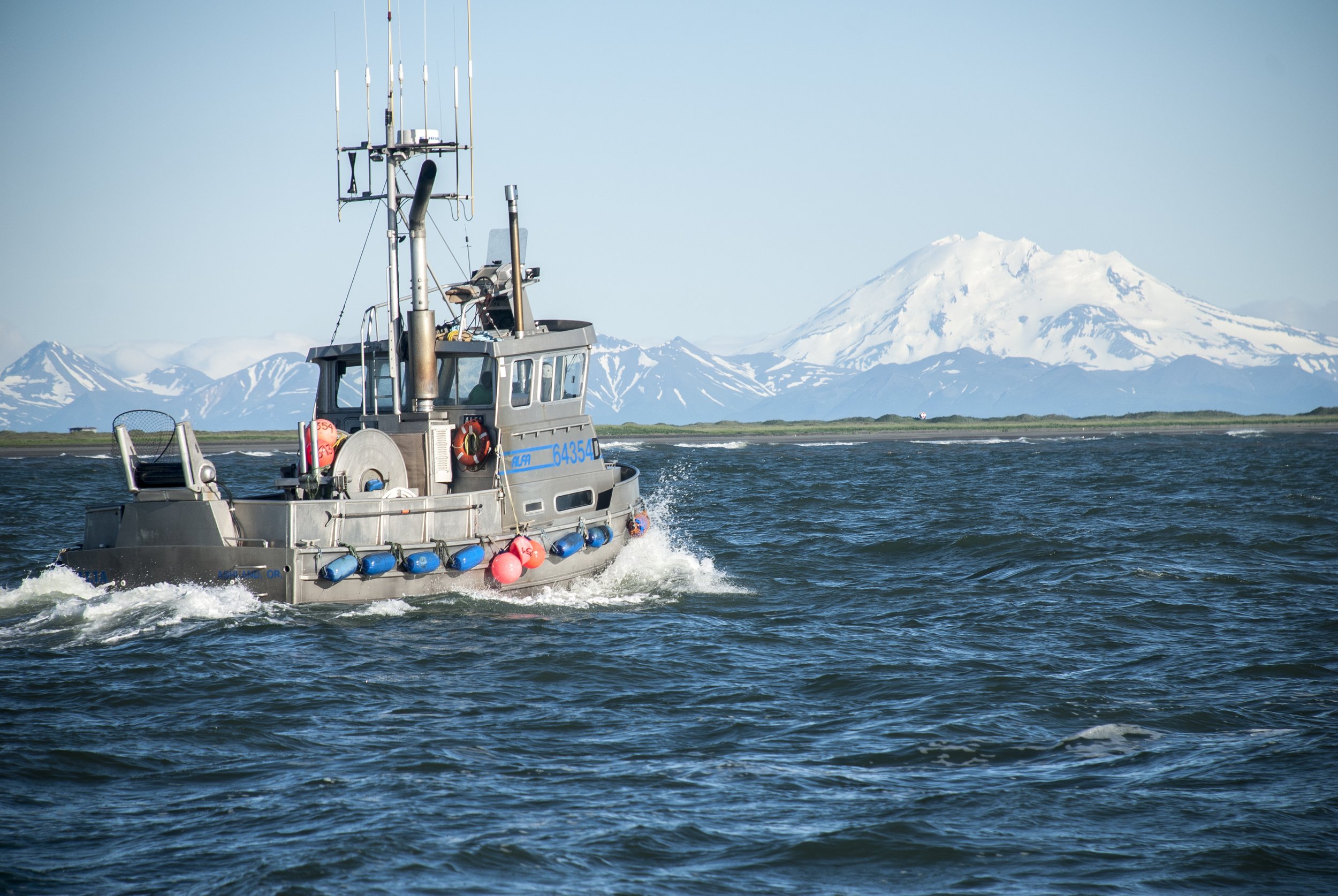
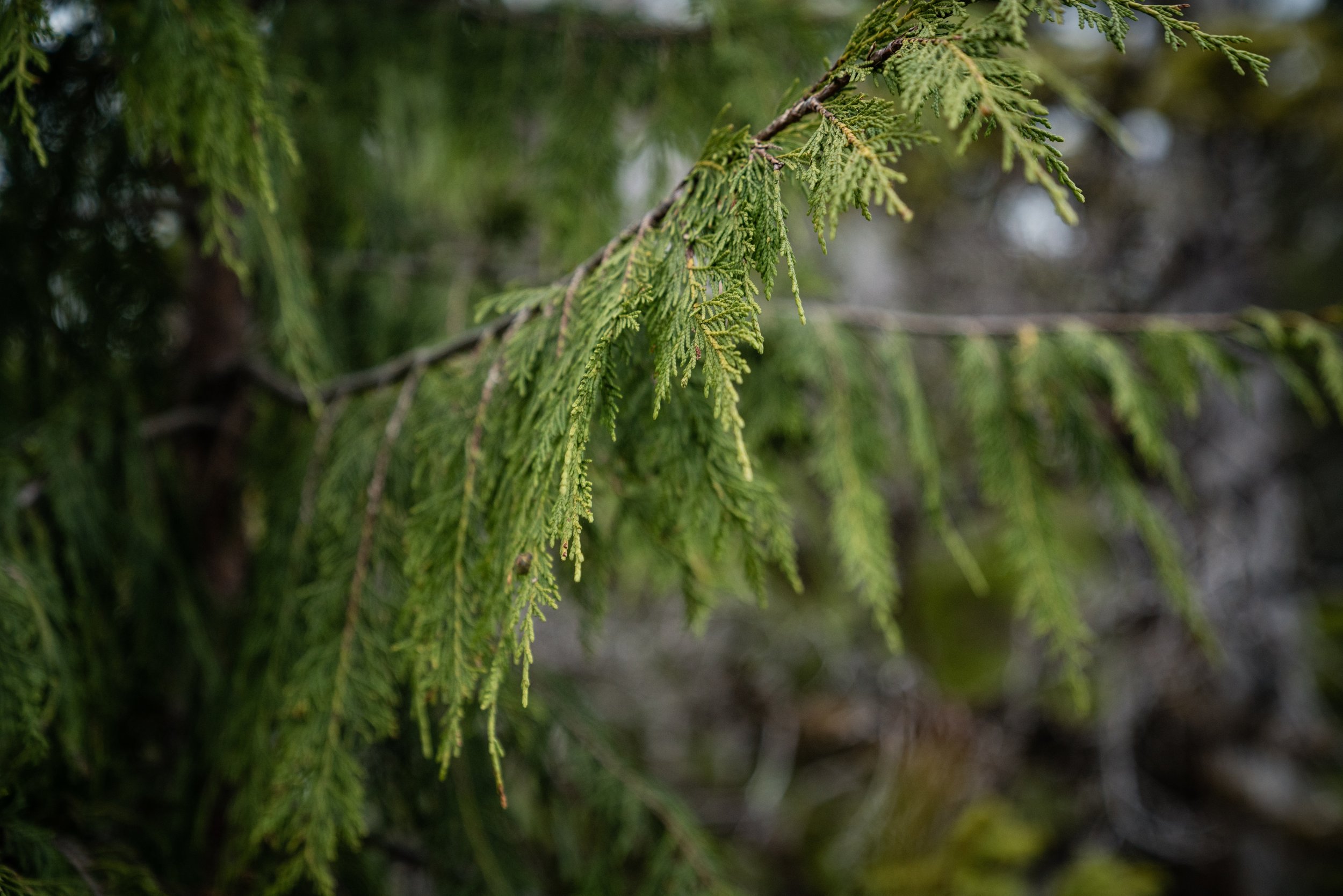
Southeast Alaska
Southeast Alaska’s 35 communities are part of the largest intact temperate rainforest in the world, home to brown and black bears, mountain goats, wolves, Sitka blacktail deer, and all five species of wild Alaska salmon.
Through its wildness, it supports thriving fishing and tourism industries that make up more than a quarter of the region’s employment. It churns out more than 50 million wild salmon each year, supplies 25% of the West Coast’s salmon catch, and has sustained the Indigenous peoples of the region since time immemorial. It’s also a carbon life raft: it stores 44% of all the carbon stored in U.S. forests. Some of its towering old growth spruce, hemlock and cedar trees are more than 1,000 years old.
After a long fight, Southeast Alaskans are now in the lead when it comes to what they want the future of this region, the Tongass National Forest, to look like. They are strengthening food systems, creating sustainable jobs and economies, restoring areas damaged by clearcut logging and more. We’re thrilled about and working hard to support the new, locally-led direction for this region.
SalmonState has released three films about the Tongass, all during a 2019 comment period for the proposed lifting of protections that would have opened up huge portions of protected old growth to clearcut logging.
The Wildest Hunt: Follow two lifelong Alaskans as they hunt deer in the Southeast Alaska alpine.
Breathe: The Tongass stores more carbon than any other U.S. national forest and is critical in the fight against climate change.
The Alaska You Come to See: Join guests on UnCruise Adventure’s S.S. Legacy as they experience the wild beauty of the Tongass — and learn more about the threats to visitor industry, Southeast Alaska’s biggest private sector employer.
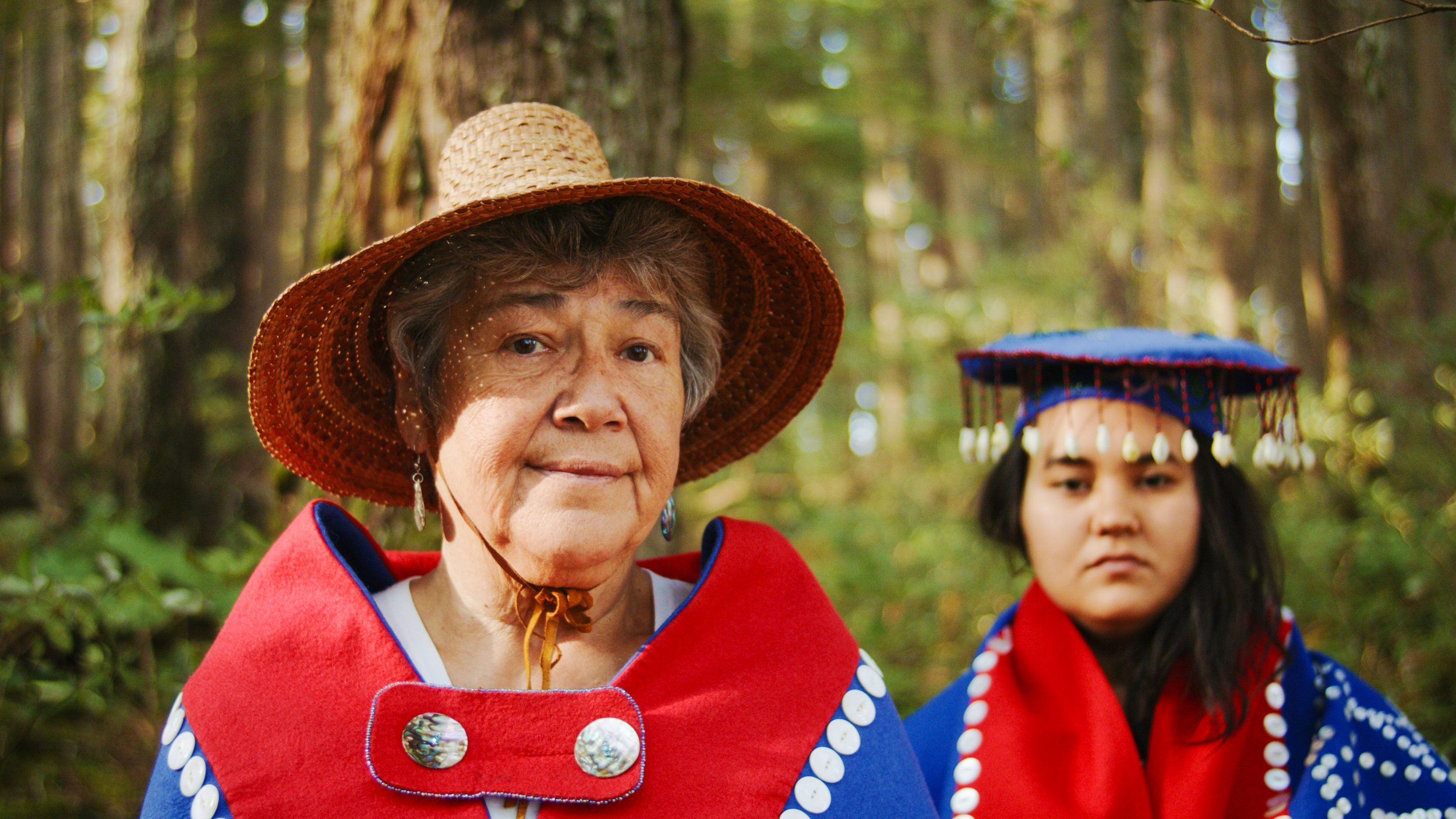
Photo by Ben Hamilton
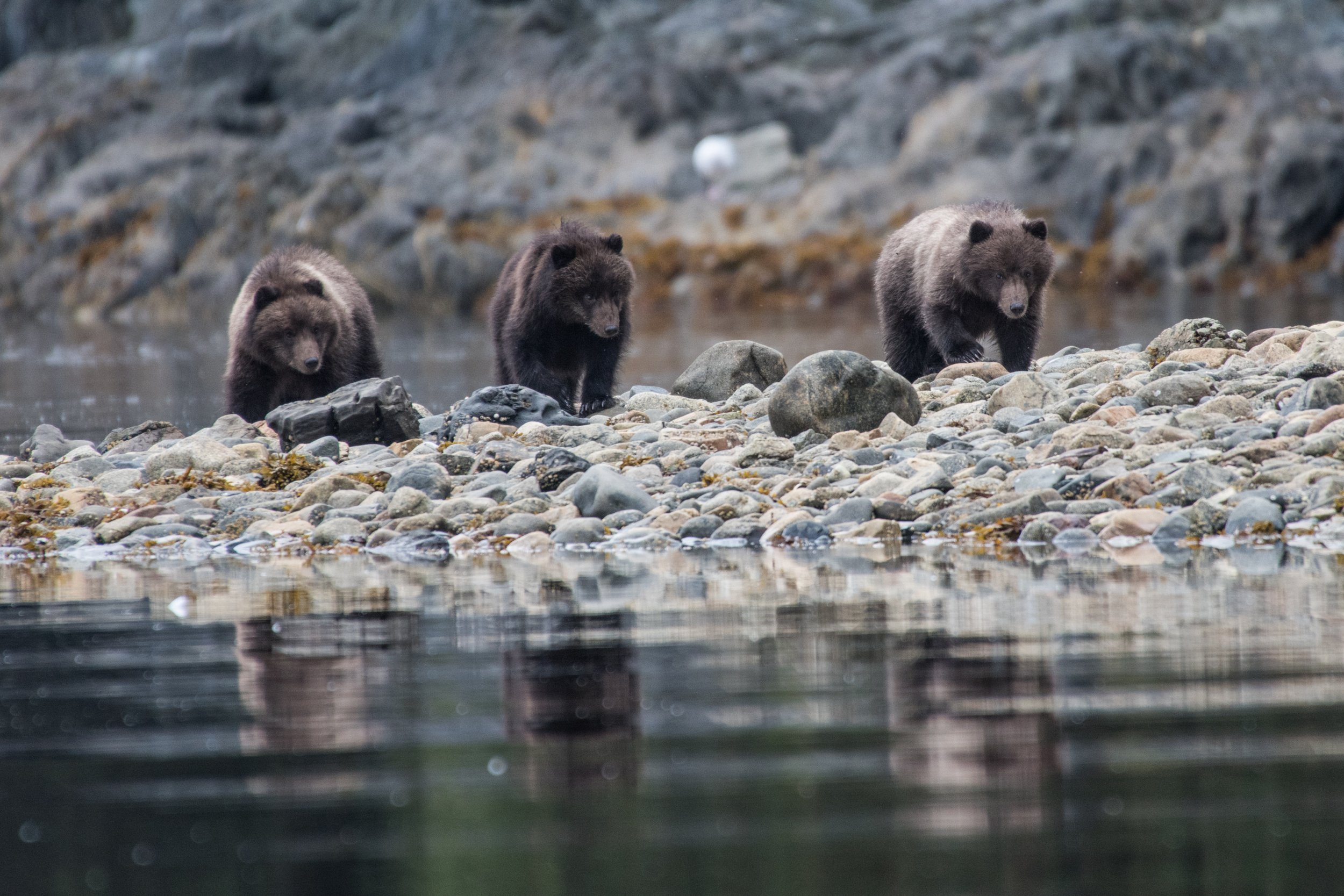
Photo by Ian Johnson
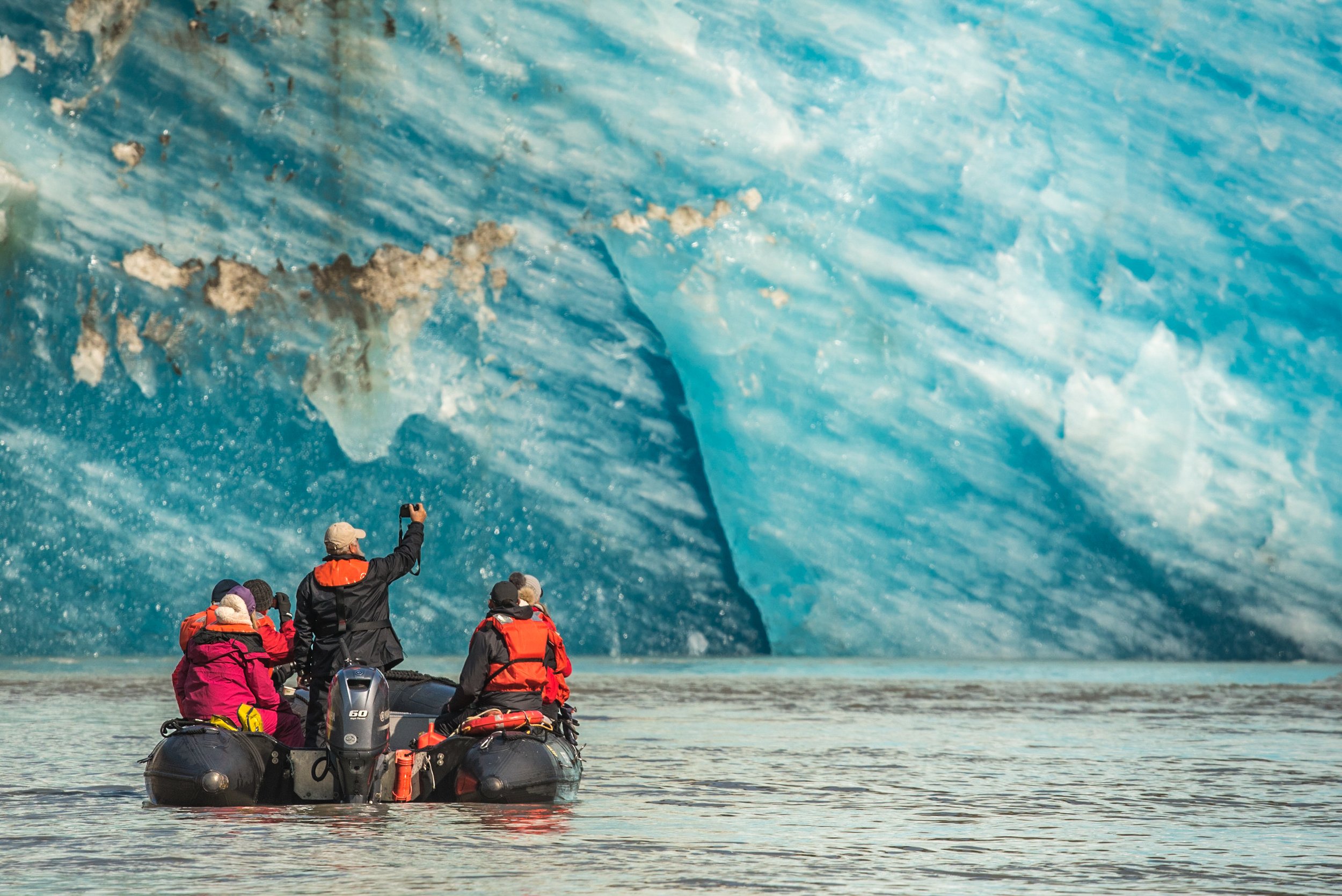
Photo by Kim Nesbitt
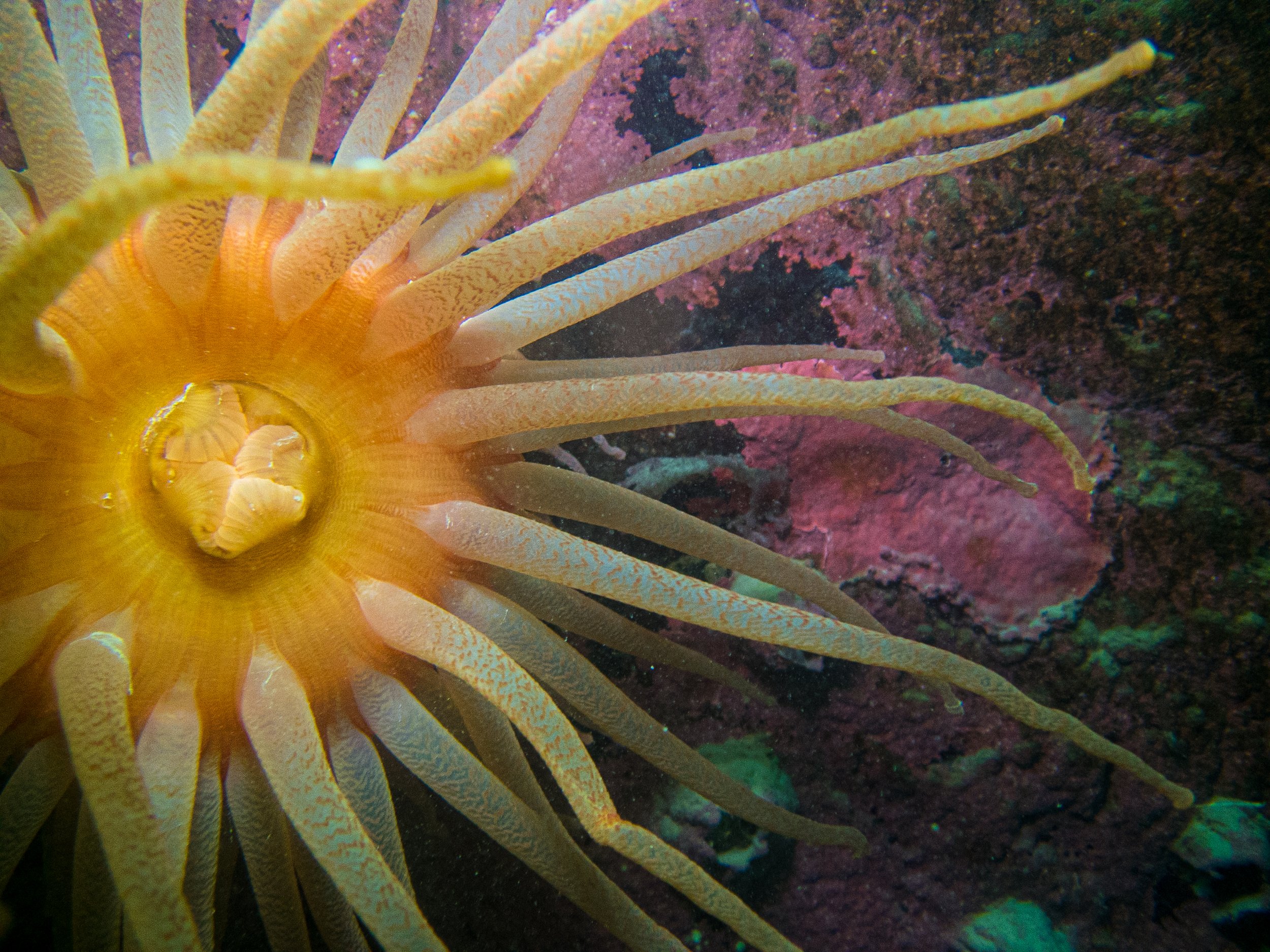
Photo by Kim Nesbitt
